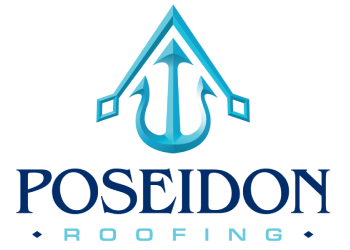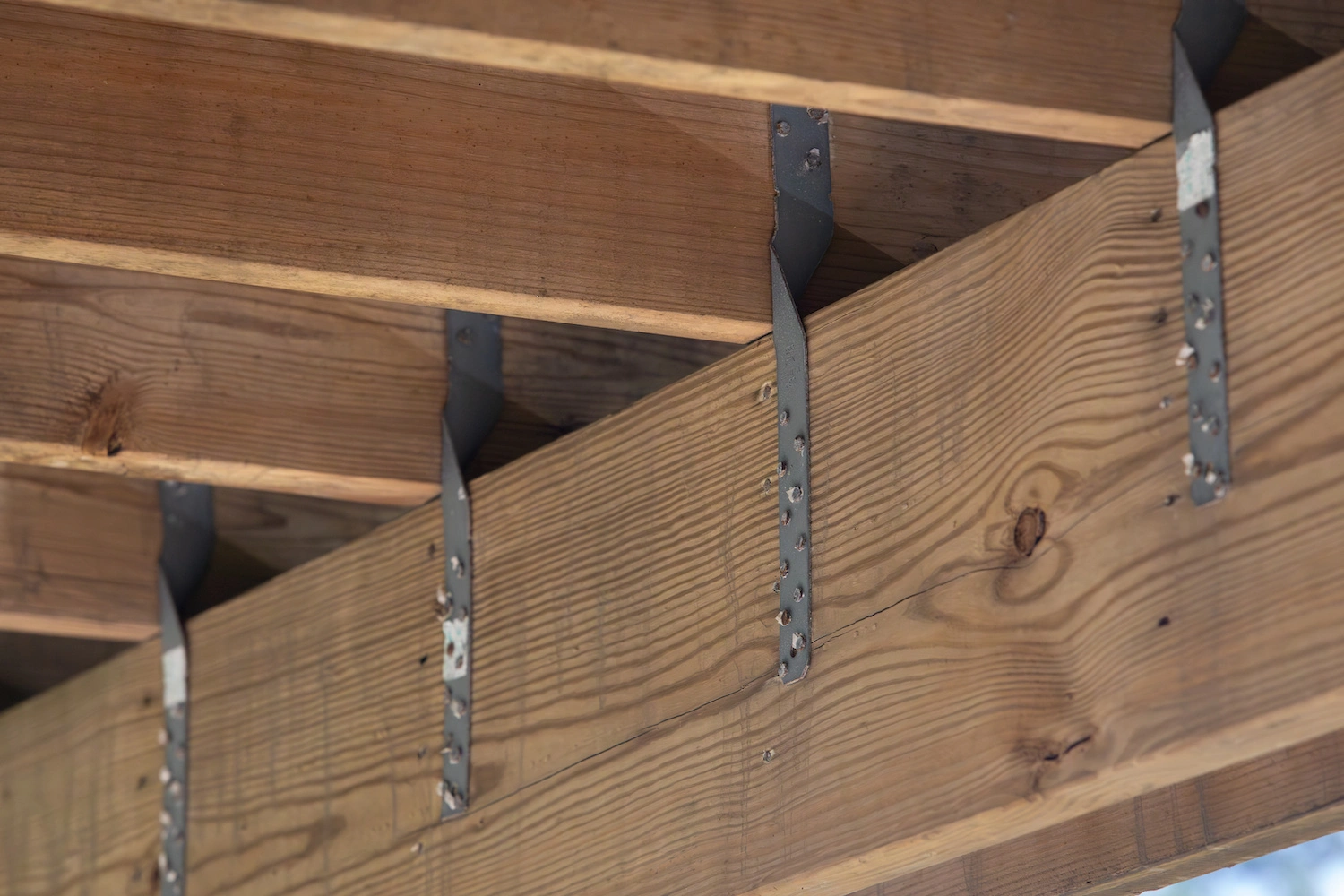Introduction
Hurricane roof straps are critical components in safeguarding homes from storm damage. These metal connectors secure the roof framing to the wall and foundation, preventing it from being lifted or torn away during extreme winds. Understanding their function, materials, installation, and importance helps homeowners make informed, code-compliant choices.
Summary
-
Hurricane roof straps create a continuous structural load path.
-
Made from corrosion-resistant metals like galvanized or stainless steel.
-
Vital for roof safety, occupant protection, and code compliance.
-
Available in different types based on framing and roof style.
-
Installation can be DIY but is best handled by professionals
Materials Used in Hurricane Roof Straps
What Materials Are Hurricane Roof Straps Made Of?
Hurricane roof straps are made from:
1. Galvanized steel – Offers strength and affordability.
2. Stainless steel – Provides superior corrosion resistance.
3. Zinc-aluminum alloy – Lightweight and retrofit-friendly.
Materials and Corrosion Resistance
Material selection plays a vital role in long-term durability. Galvanized steel balances strength and cost, while stainless steel resists rust even in humid coastal areas. Zinc-alloy offers retrofitting ease.
How Roof Straps Connect Roofs to Building Frames
How Do Hurricane Roof Straps Connect the Roof to the Building Frame?
Straps wrap over rafters or trusses and attach to wall plates using:
-
Nails
-
Screws
-
Structural bolts
They:
1. Transfer roof uplift into walls and foundation.
2. Direct lateral wind forces downward.
3. Prevent roof deck detachment.
This creates a continuous load path that strengthens your home’s structural integrity.
Types of Hurricane Roof Straps
What Types of Hurricane Roof Straps Are Available?
| Strap Type | Feature | Typical Use |
|---|---|---|
| Rafter-to-plate | Wraps around rafter ends | New construction |
| Truss-to-plate | Clips onto truss chords | Truss-framed roofs |
| Tie-down anchors | Threaded rod and plate | Retrofit applications |
| Corner straps | L-shaped for corners | Roof corners |
Each strap type is designed to reinforce specific roof areas against wind uplift and structural failure.
Why Hurricane Roof Straps Matter
Why Are Hurricane Roof Straps Important for Storm Protection?
They strengthen the roof’s weakest points, improving its ability to resist:
-
Wind uplift
-
Roof deformation
-
Roof detachment
How Do Roof Straps Prevent Roof Failure During Hurricanes?
They resist forces up to several thousand pounds and preserve adhesion between roof decks and frames. This reduces damage, leakage, and structural collapse.
Benefits for Home Occupants
What Are the Safety Benefits for Occupants With Roof Straps Installed?
Properly installed roof straps:
1. Lower chances of structural collapse.
2. Minimize water and wind damage.
3. Improve evacuation safety.
4. Reduce repair costs post-storm.
Building Code Compliance
How Do Hurricane Roof Straps Help Comply With Building Codes?
Hurricane straps are required in most hurricane zones.
-
Meet International Residential Code (IRC) requirements.
-
Support local wind-load and debris regulations.
-
Aid in passing home inspections and acquiring permits.
-
May lower home insurance premiums.
Hurricane Roof Straps and Building Codes
Building codes demand a continuous load path from roof to foundation. Straps play a key role in achieving this, especially in high-wind areas.
Choosing the Right Hurricane Roof Straps
How Do You Choose the Right Hurricane Roof Straps for Your Roof?
Consider roof style, materials, cost, and code mandates.
What Factors Should Influence Your Choice of Roof Straps?
1. Roof framing (rafter vs. truss)
2. Wind zone (e.g., 110–130+ mph)
3. Material (galvanized or stainless steel)
4. Fastener type and spacing
5. Local building code
Which Hurricane Roof Straps Are Best for Different Roof Types?
-
Pitched rafter roofs: Rafter-to-plate straps
-
Truss roofs: Truss-compatible straps
-
Concrete block walls: Through-bolted tie-downs
-
Metal/tile roofs: Low-profile strap options
How Does Cost Affect Your Choice of Hurricane Roof Straps?
| Cost Component | Typical Range | Notes |
|---|---|---|
| Strap hardware | $5 – $15/unit | Depends on material and rating |
| Fasteners | $50 – $200/roof | Nails vs. structural screws |
| Professional labor | $200 – $600 | Varies by roof type |
| Retrofit kits | $500 – $1,500 | All-inclusive solution |
Installing Hurricane Roof Straps
How Are Hurricane Roof Straps Installed?
Correct installation ensures performance during storms.
What Is the Professional Installation Process for Roof Straps?
Professionals will:
1. Inspect framing and walls.
2. Select suitable straps and fasteners.
3. Attach to rafters and plates.
4. Torque fasteners correctly.
5. Document work for permits or insurance.
Can You Install Hurricane Roof Straps Yourself?
Yes, if you:
-
Understand framing and codes.
-
Use correct fasteners and follow guidelines.
-
Secure permits and inspections.

